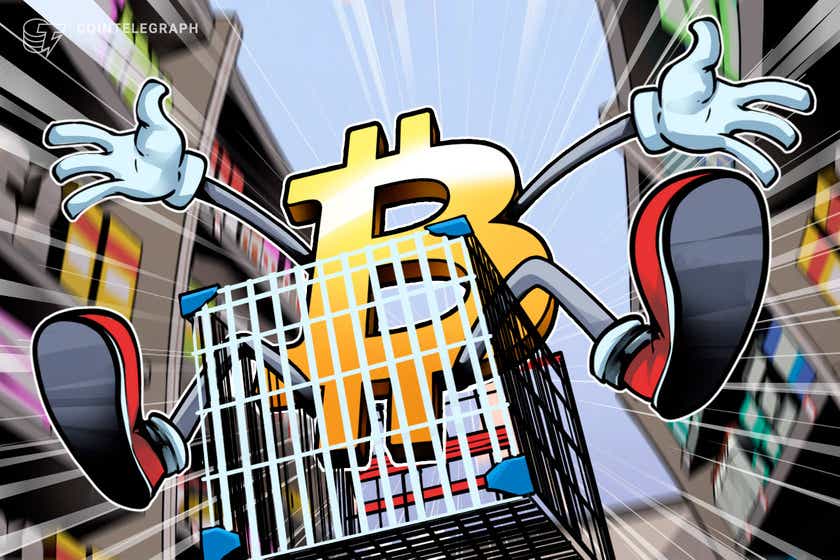Bitcoin exchange balances trend back to historic lows as BTC withdrawals resume in January

BTC is coming off trading platforms again as prices dip into Q1 2022.
Bitcoin (BTC) exchange reserves are back near record lows as 2022 sparks renewed appetite among buyers.
Data from on-chain analytics firm CryptoQuant shows reserves across 21 exchanges at 2.308 million BTC as of Jan. 4.
Exchanges return to overall BTC balance downtrend
Late December saw a macro low of 2.303 million BTC left on exchanges’ books, CryptoQuant recorded, before a brief uptick to 2.334 million.

As institutional entities return to the market after the holiday period, however, the downtrend has resumed; this is in line with expectations that larger-volume buyers would step in beginning in Q1.
Exchange balance data is a topic of some debate this week. Different statistics sources use varying numbers of exchanges and wallets, resulting in data that is barely comparable.
CryptoQuant’s 21 exchanges, for example, compete with 18 monitored by Glassnode and five by CoinMetrics.
Another resource, Cryptorank, put the balance at just 1.3 million BTC on Christmas Eve.
Depending on the platforms included, the trend may also be different, as some exchanges have seen an overall reduction in their balance over the past month, while others have seen an increase.
If you leave out exchanges it skews the results. Leaving out eg. Huobi has a huge impact because of the China spot trading ban.https://t.co/knyoF702kW
— Root (@therationalroot) January 3, 2022
As Cointelegraph reported, this was the case with Huobi Global, which was obliged to deregister Chinese mainland users by the end of 2021 in line with regulations.
Bigger fish to run the show
In a discussion with CryptoQuant last week, analyst David Puell, creator of the well-known Puell Multiple indicator, revealed his thoughts on upcoming market participant behavior.
Related: New year, same ‘extreme fear’ — 5 things to watch in Bitcoin this week
The “relaxed” nature of Bitcoin in 2021 versus, for example, 2019, has kept retail investors and their “FOMO” away.
“I think this is long-term healthy,” he said.
“The market is mostly going to be owned by institutional players, especially in month-to-month price movements, with some profit-taking from early adopters but a much more diminished role coming from retail players.”



